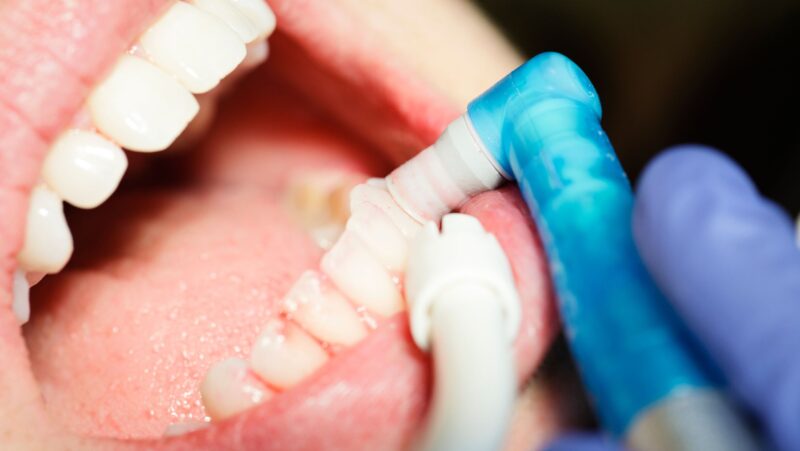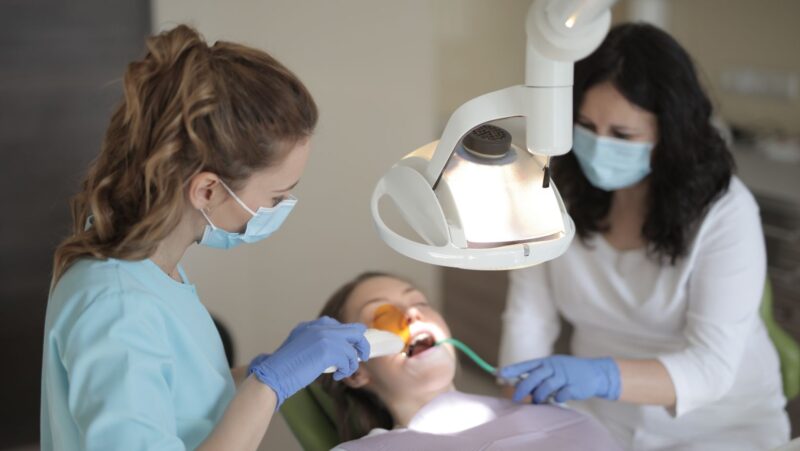
Most people start their skincare journey with over-the-counter products. A cleanser here, a serum there, maybe a moisturizer that promises to do it all. For some, this routine works just fine. But for others, persistent skin issues like acne, rosacea, hyperpigmentation, or chronic dryness don’t budge no matter how many products they try. That’s when it’s time to consider whether prescription skincare might be the missing piece.
Prescription skincare isn’t just stronger—it’s smarter. These formulations are designed to target specific concerns with active ingredients that go deeper and work harder. If your skin feels stuck in a cycle of flare-ups, breakouts, or irritation, it might be time to stop guessing and start getting expert guidance.
Signs You Might Need a Prescription
So how do you know when it’s time to level up your skincare? If you’ve been using the same products for months with little to no improvement, that’s a red flag. Other signs include recurring cystic acne, stubborn melasma, or skin that reacts to everything you put on it. These issues often require more than surface-level solutions.
Prescription skincare can also help if you’re dealing with post-inflammatory hyperpigmentation, hormonal breakouts, or skin conditions that flare up seasonally. Even if your skin looks “okay” most of the time, but feels uncomfortable or unpredictable, a consult can help uncover what’s really going on beneath the surface.
One option that’s gaining traction is the InstantScripts skincare treatment, which allows you to access prescription-grade solutions through a streamlined online consult. It’s designed for people who want expert advice without the hassle of long wait times or in-person appointments. The process is simple, but the results can be transformative.
What Happens During a Consult
Whether you’re meeting with a dermatologist or using a telehealth platform, the consultation is your chance to get personal. You’ll be asked about your skin history, current routine, lifestyle habits, and any medications you’re taking. Be honest—this helps the provider understand your skin’s unique needs and avoid recommending anything that might cause irritation or conflict with other treatments.
Photos of your skin may be requested, especially if the consult is virtual. These help the provider assess texture, inflammation, and patterns that aren’t always obvious in conversation. You might also be asked about your goals. Are you aiming for clearer skin, less redness, or a more even tone? The more specific you are, the better your treatment plan will be.
Once the consultation is complete, you’ll receive a tailored regimen. This could include topical creams, oral medications, or lifestyle recommendations. You’ll also get instructions on how to use each product, how to layer them, and what to expect in terms of results and side effects.
Managing Expectations and Staying Consistent

Prescription skincare isn’t magic—it’s medicine. That means results take time, and consistency is key. You might experience some initial purging or dryness as your skin adjusts. This is normal, but it’s important to follow the plan and communicate with your provider if anything feels off.
Most treatments take several weeks to show noticeable improvement. Stick with it, and avoid the temptation to add new products or switch things up too soon. Your skin needs stability to heal and respond. Regular follow-ups can help track progress and make adjustments as needed.
Investing in Your Skin Long-Term
Choosing prescription skincare is a commitment to your health, not just your appearance. It’s about understanding your skin’s biology and giving it what it truly needs. With the right guidance, you can move past trial-and-error and into a routine that actually works.
Whether you’re dealing with chronic acne or just want to feel more confident in your skin, a consult can be the first step toward lasting change. And when your skin feels good, everything else tends to follow.












